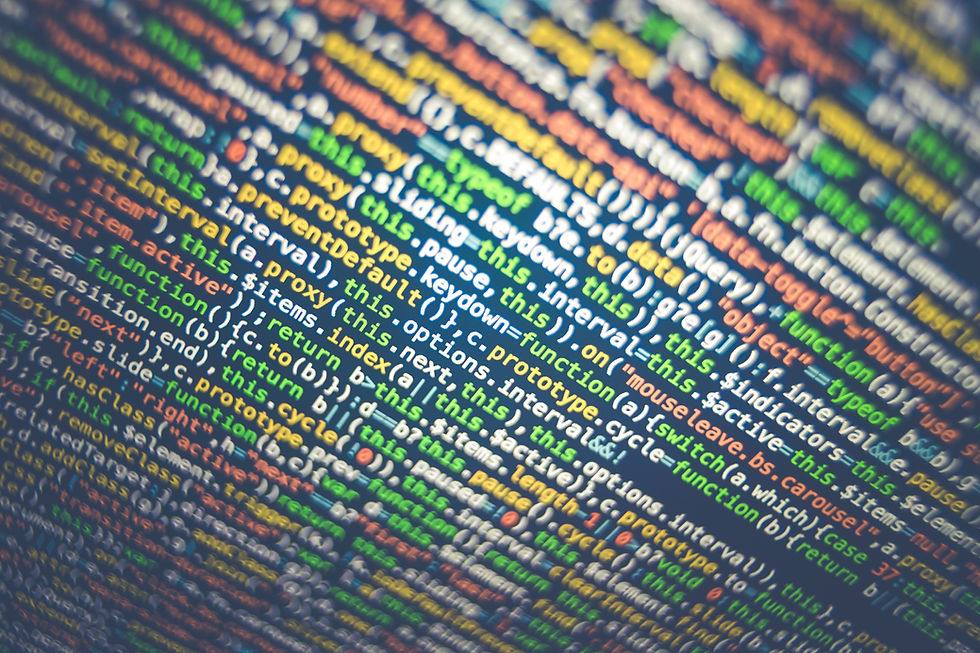
Linux Kernel and User Space Communication Mechanisms
- mkmints
- Apr 19, 2024
- 2 min read
Updated: Apr 28, 2024
Communication between the Linux kernel and user space is essential for various system tasks, such as device interaction, system monitoring, and inter-process communication. This article provides a comprehensive overview of the communication mechanisms available for exchanging data between the kernel and user space in Linux, accompanied by practical examples to illustrate their usage. By understanding these mechanisms, developers can create robust and efficient applications that interact seamlessly with the Linux kernel.
1. System Calls:
System calls are the primary interface for communication between user space and the Linux kernel. They allow user-level processes to request services or perform operations that require kernel privilege, such as file I/O, process management, and networking.
Example:
- Using the `open`, `read`, `write`, and `close` system calls to perform file I/O operations from a user space application.
2. Procfs and Sysfs:
Procfs (`/proc`) and sysfs (`/sys`) are virtual filesystems that provide interfaces for accessing kernel data structures and system configuration parameters from user space. They enable applications to retrieve information about processes, hardware devices, kernel modules, and system settings.
Example:
- Reading system information from `/proc/cpuinfo` to retrieve CPU-related data, such as processor type, model, and clock speed.
3. Netlink Sockets:
Netlink sockets facilitate communication between the kernel and user space for networking-related tasks, such as configuring network interfaces, monitoring network events, and exchanging network packets.
Example:
- Using a netlink socket to monitor network traffic and capture packet statistics in real-time from a user space application.
4. IOCTL (Input/Output Control):
IOCTL is a mechanism for sending control commands and parameters between user space applications and kernel drivers. It allows applications to perform device-specific operations and configure device behavior dynamically.
Example:
- Sending IOCTL commands to a device driver to configure hardware settings or retrieve device status information from a user space application.
5. Memory Mapping (mmap):
Memory mapping allows user space applications to map kernel memory regions directly into their address space, enabling efficient data exchange and shared memory access between the kernel and user space.
Example:
- Mapping a shared memory region between a user space application and a device driver to exchange data without copying between kernel and user space buffers.
The Linux kernel provides a rich set of communication mechanisms for exchanging data between kernel and user space components. By leveraging system calls, virtual filesystems (procfs and sysfs), netlink sockets, IOCTL commands, and memory mapping, developers can create versatile and efficient applications that interact seamlessly with the Linux kernel, enabling a wide range of system-level tasks and functionalities.



